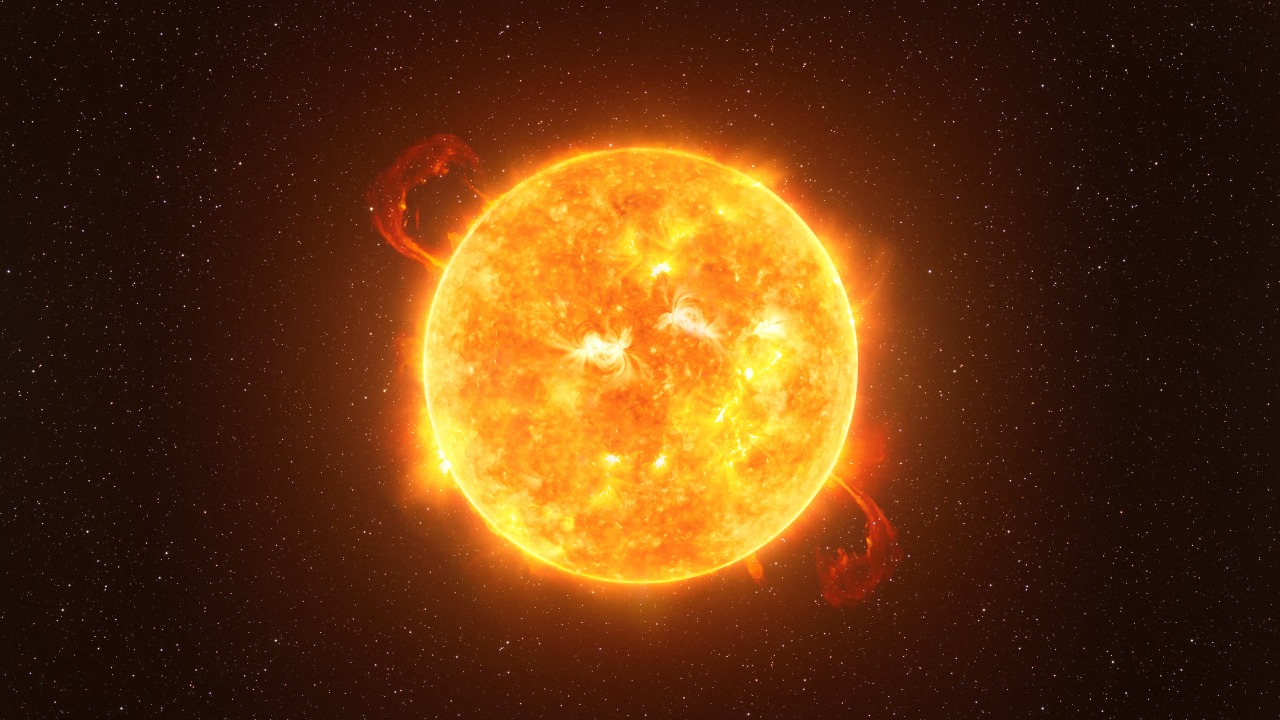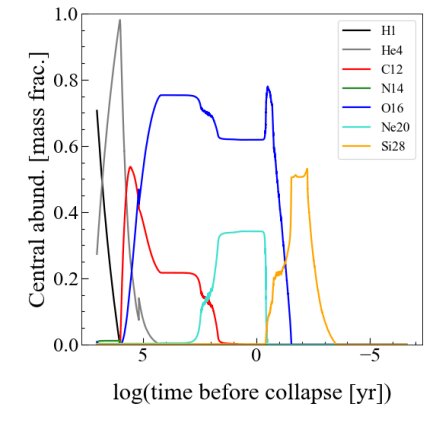The Betelgeuse star is again giving riddles to scientists. This time it started to increase its brightness. In a new study, scientists have suggested that it can explode in the next few decades. However, whether this is really the case depends greatly on what stage of its existence it is at.

Why does Betelgeuse constantly generate sensations?
Recently, a number of researchers from Tohoku University in Japan published an article in which they took a slightly new look at the evolution of the Betelgeuse star. It caused a sensation in the scientific world. After all, it can be concluded from the work that this red giant may explode within the next few decades. However, in fact, everything is much more complicated.
Betelgeuse is one of the brightest stars in the sky. This is a red giant, the age of which ranges from 8 to 8.5 million years. It is believed that the star is in the final stages of its existence and will soon turn into a supernova. However, this is “soon” only by cosmic standards. Scientists agree that this will definitely happen in the next 100 thousand years, but when exactly there is no consensus.
Meanwhile, Betelgeuse gives people riddles all the time. In 2019, it began to fade rapidly, but then resumed its shine. Now, on the contrary, it is 50 percent brighter than normal. For scientists, it has long turned into an object of memes and jokes.
The situation is further complicated by the fact that Betelgeuse is a semi-periodic pulsating star. It has several cycles of different duration, which overlap each other: 125 days, 230 days, 400 days and 2200 days. All of them are caused by the fact that the luminary is increasing in volume, then decreasing.
What’s sensational about the new study
As a result of all this, it is extremely difficult to understand exactly what is happening with Betelgeuse. The distance to it, according to various estimates, ranges from 499 to 625 light-years, and this is enough for scientists to not be able to look at all the details and make accurate predictions.
And now, against the background of all this, a new study has appeared. In it, scientists have suggested that Betelgeuse is in the last stages of the carbon cycle. Ordinary stars primarily use hydrogen as an energy source. However, as it ends, they inflate, descend from the main sequence and switch to a cycle of thermonuclear reactions with helium.

However, over time, the helium in their core burns out and carbon accumulates there. Over time, conditions develop so that it also enters into thermonuclear reactions and becomes an energy source. And it is at this stage, according to Japanese scientists, that Betelgeuse is located.
And this means that as soon as carbon runs out in its core, heavier elements will begin to “burn”. However, this will not last long and in a few decades, not thousands of years, the star will turn into a supernova.
Not accurate
The publication could be called sensational if it wasn’t from the “but it’s not accurate” category. Even the authors of the work point out that the carbon cycle has several stages, and they are not at all sure which of them Betelgeuse is actually on. And some of them can last thousands of years.
In addition, not all researchers generally agree that the giant star has already entered the stage when it burns carbon. In their opinion, it can still be powered by helium. Therefore, the sensation, as always with Betelgeuse, turned out to be a little dubious.
The researchers also tried to find out at which stage of existence Betelgeuse was located by analyzing its periodic pulsations and comparing them with existing models. However, they also could not prove anything confidently.
The only thing they are convinced of is that when Betelgeuse does explode as a supernova, it will not be accompanied by a destructive gamma-ray burst that can potentially destroy life on Earth. It will generate only X-rays and ultraviolet rays, which will be too weak to harm us.
However, about 100 thousand years after the explosion, a shock wave from it will reach us in the form of rapidly expanding gas. However, scientists are confident that the Sun’s magnetic field will be able to reflect it.
According to phys.org
Follow us on Twitter to get the most interesting space news in time
https://twitter.com/ust_magazine

